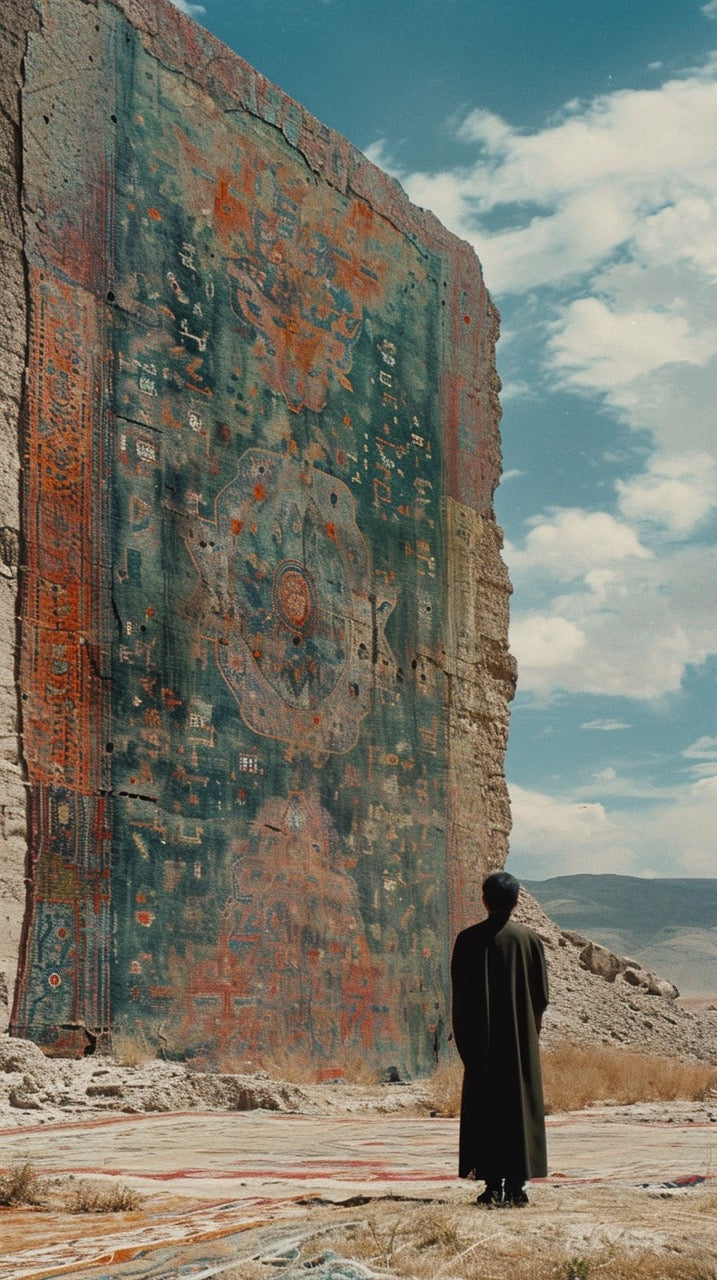What was the Silk Road?

The Silk Road was not a single, defined route, but a network of trade routes that connected East Asia with the Mediterranean world, including North Africa and Europe. It was named for the lucrative trade in silk that occurred along these routes during the Han Dynasty (206 BCE – 220 CE) in China.
The Silk Road had several starting points depending on the direction of travel. In the East, the routes began in China, specifically in the cities of Chang'an (present-day Xi'an) and Luoyang, which were major centres of trade and culture. In the West, the routes terminated in various cities, including Constantinople (Istanbul), Antioch (in modern-day Turkey), and Tyre (in modern-day Lebanon), among others.
Some of the biggest traders along the Silk Road were:
- The Chinese, who traded silk, porcelain, tea, and other luxury goods.
- The Persians, who traded textiles, carpets, and spices.
- The Arabs, who facilitated trade between East and West and traded goods such as spices, incense, and perfumes.
- The Indians, who traded textiles, spices, and precious stones.
- The Romans, who traded glassware, wine, olive oil, and other goods.
These traders, along with many others from various regions, contributed to the vibrant exchange of goods, ideas, and cultures that characterised the Silk Road.
Join Oo La Lab as we explore the woods, flowers and resins that formed part of the precious materials traded along this route from Asia to the Middle East






